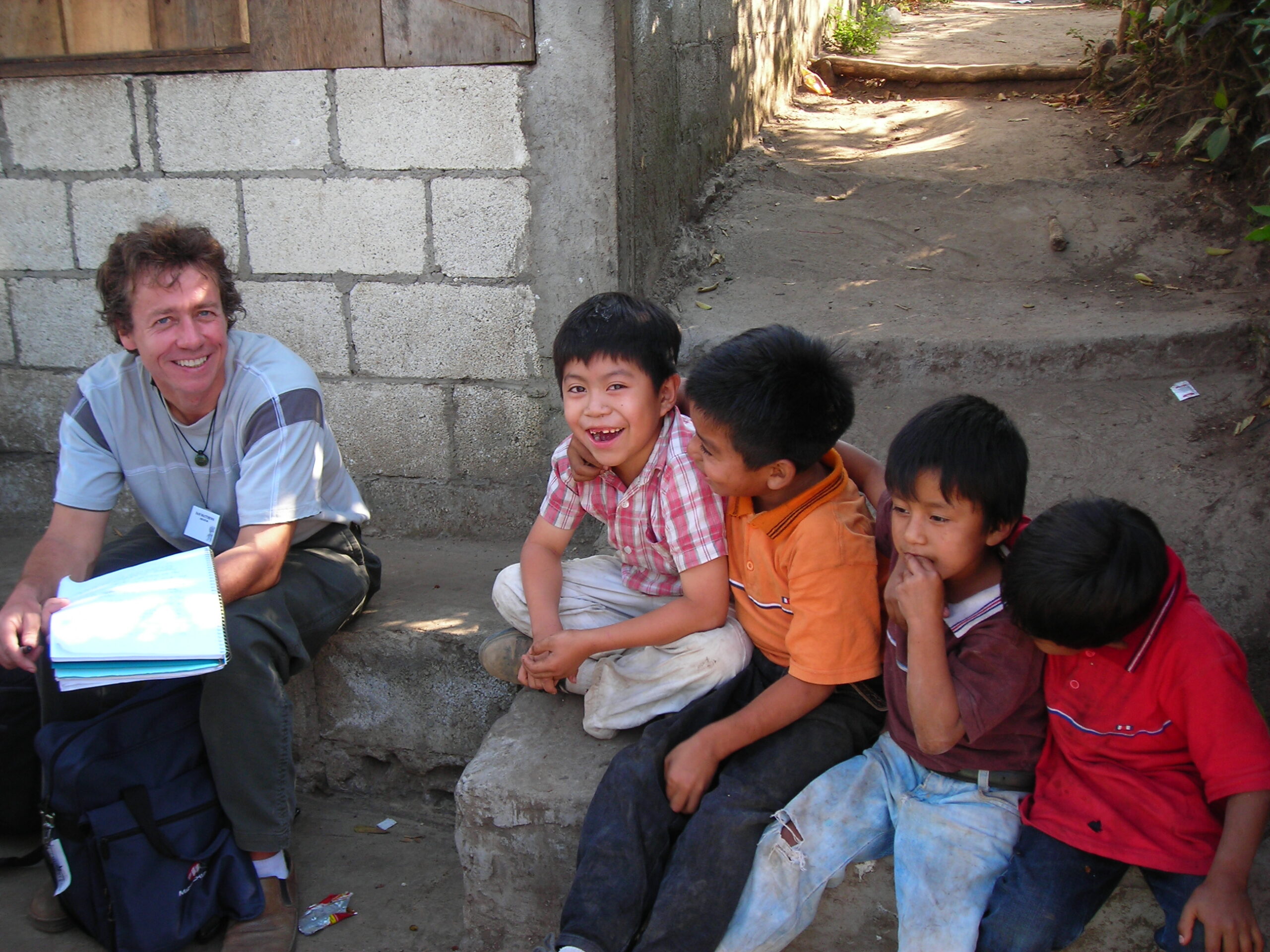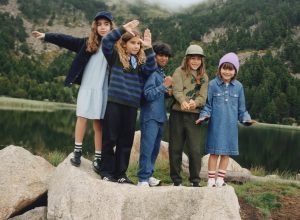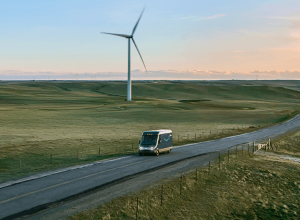“Bringing change with Social Entrepreneurship requires willingness to sacrifice”
QUESTION — Can you please introduce yourself and your role in the green business? Tell us about your journey and your motivations.
I’m an engineer, specializing in electronics, software, and firmware. My primary focus is designing and coding embedded systems, those small control devices that are ubiquitous in our world. This interest stemmed from helping my grandfather, a TV repairman, in his shop as a child. His mentorship instilled in me the belief that technology was accessible to anyone willing to learn. Thus, I delved into books and self-learning, bypassing formal education initially.
Despite not attending college at first, I immersed myself in technology. I was captivated by early computers and machines, eventually working for companies that supplied components for these systems. My career progressed from technical sales to management roles, driven by my passion for technology. Even without a formal degree, I honed my skills through continuous learning and hands-on projects.
I eventually pursued education part-time, earning a two-year degree followed by a bachelor’s degree later in life. However, I consider myself largely self-taught, constantly seeking knowledge from experts and experimenting with new ideas. My journey underscores the importance of sharing knowledge and leveraging technology for societal benefit.
Driven by a desire to make a meaningful impact, I co-founded a company focused on designing beneficial solutions. This transition was prompted by a disconnect between my role as a director of engineering and my passion for hands-on projects. My friend and I shared this sentiment, leading us to start our venture.
Reflecting on my journey, I attribute my interest in exploring different cultures and environments to childhood experiences. Traveling, whether to remote beaches in Mexico or business trips abroad, has broadened my perspective and fueled my curiosity. I’ve always been drawn to unfamiliar places, eager to learn from diverse communities and experiences.
In summary, my career trajectory underscores the importance of curiosity, a desire to make a positive impact, and a willingness to embrace new challenges and environments. These qualities have shaped my journey as a technologist and social entrepreneur, guiding me towards endeavors that blend innovation with social responsibility.
QUESTION – What are some of the biggest lessons that have shaped you as a human?
Exploring unusual places offers insights that are often overlooked in urban settings. These environments can teach valuable lessons about longevity, health, and connection to nature. For instance, documentaries showcasing lifestyles in Puerto Rico and other South American regions highlight healthier living habits, resulting in a higher number of centenarians. These experiences provide a different perspective on happiness, health, family dynamics, and the concept of abundance. Overall, such perspectives enrich our understanding of humanity and shape us in profound ways.
QUESTION — What motivated you in the field of becoming a green entrepreneur? Were there any turning points or specific incidents?
Working alongside my friend Kurt Coleman at Microchip, a microcontroller manufacturer, I got involved in his side project called Light Up the World. It was an off-the-books endeavor, occupying our weekends and spare time. This experience was more fulfilling to me than any meeting, promotion, or stock grant could ever be. It sparked the realization that I could use my skills for meaningful community impact. Prior to this, I had volunteered in various capacities but hadn’t found a way to align my work skills with community needs.
Designing products for underserved communities opened my eyes to the challenges they face—unsafe water, polluted air, lack of electricity, and inadequate government services. Despite the sacrifices involved, the work was rewarding in itself. Collaborating with Kurt on projects like UV water purification was fulfilling, but I recognize that our success was part of a larger team effort. Our work has contributed to improving hygiene and lighting in villages, and other organizations have benefited from our expertise. It’s satisfying to see the ripple effect of our contributions, knowing that we’ve played a part in positive change.
QUESTION — Can you highlight some innovative or unique aspects of your sustainable business model?
Learning from failure is crucial in any endeavour. There are various pathways to success, but two common approaches are organic growth and immediate skill application. The former involves cultivating a seed over time, which is sustainable but less likely to succeed quickly. Conversely, the latter requires identifying and immediately utilizing a skill, which may yield quicker results but can be challenging to navigate.
People often enter this space from diverse backgrounds. Some start from grassroots efforts, like individuals in Guatemala developing water purification solutions over years. Others involve collaborating with locals to address specific needs, such as improving stove efficiency to reduce indoor air pollution.
Successful projects often prioritize tangible solutions over complex technologies. For example, in Guatemala, educating communities about water cleanliness proved more impactful than introducing UV purification systems. Similarly, addressing indoor air pollution involved showing villagers the immediate health risks and providing simple, effective stove designs.
Ultimately, the best projects focus on localized, sustainable solutions that address immediate needs without leaving behind complex technology or products.
QUESTION — What were the challenges you encountered and how did you overcome those?
Several challenges have left a lasting impact, notably the 2008 economic downturn. Our projects in various countries, like India, Mexico, and Uganda, faced setbacks as partners struggled with layoffs and budget cuts.
We pursued a model of partnering with established Western companies to expand into new markets. For example, we collaborated with BioLite to distribute clean-burning stoves in Africa and India. Similarly, we worked with companies like CamelBak and Cascade Design on water purifiers and electric chlorinators.
However, relying too heavily on these partnerships posed risks. While joining forces with larger companies offered resources, it also made us vulnerable to their decisions. Maintaining a degree of self-sufficiency is crucial to mitigate such risks.
Partnering with industry giants like Unilever can yield significant benefits, but it also carries the risk of dependence. Finding a balance between leveraging resources and maintaining autonomy is key to navigating such collaborations successfully.
QUESTION — How do you measure the environmental impact of your business? (Will be adding data to this once Dan provides it)
There are instances when quantifying impact is feasible, especially with commodities like solar home systems, where daily power generation can be measured. Similarly, interventions in areas like Guatemala, targeting stove usage or water handling, allow us to track indicators such as the reduction in dysentery cases or improved school attendance.
While these measurements provide indicators rather than definitive proof, sometimes you have to rely on intuition and observation. You can sense the positive changes, like increased happiness among people, even if it’s not quantifiable. Moreover, the infrastructure itself often yields benefits beyond the immediate outcomes, such as job creation and skill development.
By teaching individuals skills like water analysis or stove maintenance, you leave behind a legacy of technological empowerment, enriching their lives in ways that extend beyond the initial intervention.
QUESTION — How do you envision the future of sustainable entrepreneurship worldover?
Progress often takes unexpected paths. Sometimes it’s not about technological breakthroughs, but rather the acceptance of existing technology. For instance, solar panels and LEDs have been around for decades, but innovations like white LEDs have made significant differences. Moreover, new distribution networks and finance models, such as pay-as-you-go and micro-lending, have enabled previously non-existent business models.
Looking ahead, I’m particularly intrigued by the potential of artificial intelligence (AI). AI could revolutionize everyday life, serving as an assistant teacher, aiding those with disabilities, and providing invaluable support in various tasks. Despite often being associated with corporate exploitation, technology has immense potential for good, from agricultural advancements to personalized assistance.
While I’m not an expert in this field, I’m actively learning and exploring opportunities. Currently, I’m working for a company where I see the potential for integrating AI into their products. This role allows me to gain valuable skills while keeping an eye on my long-term goal of contributing to meaningful technological advancements.
Overall, I’m optimistic about the future and eager to continue my journey in this direction, balancing my current responsibilities with my aspirations for making a positive impact through technology.
QUESTION — So are there any lessons you’ve learned in this journey that you wish someone had shared with you earlier?
The allure of understanding how things function has led me to share this fascination with numerous individuals, fostering an appreciation for technology, electronics, firmware, and the intricate workings of the world around us. From the mysteries of the human brain to the complexities of ecosystems, there’s an endless array of captivating phenomena to explore.
Curiosity, in itself, is a rewarding pursuit. Whether delving into the intricacies of biology or immersing oneself in the art of music, the journey of discovery enriches our lives. While I understand the appeal of simple pleasures like video games, I advocate for embracing curiosity and actively seeking to expand our understanding of the world.
Being overzealous in my pursuit of inspiration, I believe in seizing each day to its fullest potential, embracing learning and fascination as integral parts of life’s journey.





